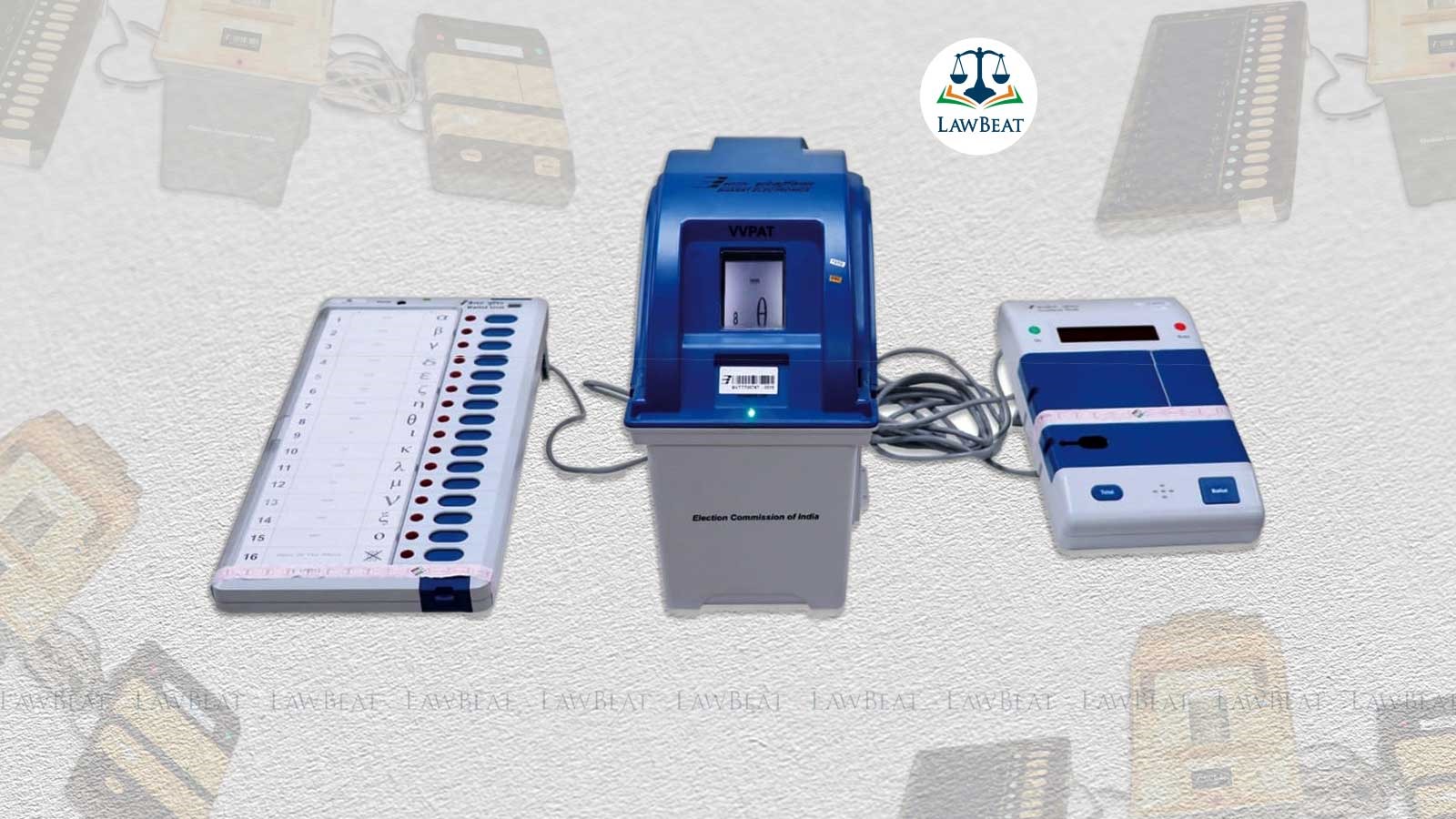'Corruption of Data Possible': DMK Moves Madras High Court Challenging Third Generation EVM Design

The plea states that the data which is transmitted by the printer to the control unit is a processed output of the printer, which has its own processor and this gives rise to an apprehension of corruption of data
The Dravida Munnetra Kazhagam (DMK) has filed a writ petition before the Madras High Court seeking direction to the Election Commission of India (ECI) to eliminate the placement of Voter Verifiable Paper Audit Trail (VVPAT) printers between balloting units and control units in Electronic Voting Machines (EVMs), as was done in the third generation M3 EVMs.
The plea, which has come ahead of the upcoming Assembly Elections 2024, has been filed through the Organisation Secretary RS Bharathi.
The plea states that sandwiching the VVPAT between the units in the M3 model of the Electronic Voting Machine risks corrupting data, as the data which is transmitted by the printer to the control unit is a processed output of the printer, which has its own processor.
"The proper and transparent functioning of Electronic Voting Machines is central to the substantive fairness in the conduct of free and fair elections, which is a part of the basic structure of the Constitution," the plea states.
Additionally, the plea underscores that placing the printer between the Balloting Unit and the Control Unit in the M3 model of the Electronic Voting Machine violates Rules 49A, 49B (4), 49E, and 49T of the 1961 Rules, which do not allow the printer to be in direct connection with the control unit.
The petition also seeks direction to the Election Commission to establish approval procedures for EVMs and to provide clear guidelines for Returning Officers handling election agents' requests to tally VVPAT paper slips.
The plea highlights that Rule 56D of the 1961 Rules mandates the ECI to issue guidelines governing how applications for counting the printed paper slips are to be decided by the returning officer and more importantly, the Rules do not provide for an appellate authority before which a decision under Rule 56D may be appealed against.
It has been alleged by DMK that their representation dated February 23, 2024 requesting not to place the printer between the balloting unit and the control unit as done in M3 Electronic Voting Machine was sent to ECI but the same has not been considered till date.
Case Title: Dravida Munnetra Kazhagam v. The Chief Election Commissioner, Election Commission of India
